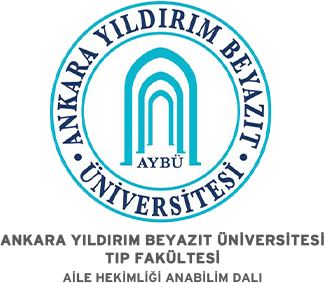Analysis of intramuscular injections administered in a family health center
Onur Öztürk1, Taner Tunç2, Murat Esen3, Muhammed Okuyucu4, Muhammet Ali Oruç51Department of Family Medicine, Samsun Education and Research Hospital, Samsun, Turkey2Department of Statistics, Ondokuz Mayıs University Faculty of Arts and Sciences, Samsun, Turkey
3Asarcık Meydan Family Healthcare Center, Samsun, Turkey
4Department of Internal Medicine, Ondokuz Mayıs University Faculty of Medicine, Samsun, Turkey
5Department of Family Medicine, Ahi Evran University Faculty of Medicine, Kırşehir, Turkey
INTRODUCTION: In this study, the objective was to evaluate the intramuscular injections administered to patients admitted to a family health center with sociodemographic characteristics.
METHODS: This is a cross-sectional, analytical and, retrospective file review study. The sample population was formed by patients who had intramuscular injections administered between the dates of January 01, 2017 and December 31, 2019. A total of 5648 injections for 2059 adults/children were evaluated. The data set was analyzed using SPSS 17.0 (IBM, USA) statistical package program.
RESULTS: An average of 2.74 injections per person was administered. The rate of myorelaxant injection administration was higher among women (p<0.001), and the rate of antibiotic and analgesic + myorelaxant injection administrations was higher among men (p<0.001 for both). With the increase of age, the rate of analgesic injection administrations increases (p<0.001) and the rate of antibiotic injection administrations decreases (p<0.001). The highest analgesic + myorelaxant injection administration rate was during autumn, and the lowest was during winter (p=0.001).
DISCUSSION AND CONCLUSION: The results showed that the frequency of analgesic, myorelaxant, antibiotic, steroid, vitamin/mineral, hormone and combination drugs used for intramuscular injection were affected by demographic variables such as age, gender and season. Identifying family health center dynamics may contribute to creating rational health policies.
Makale Dili: İngilizce
(743 kere indirildi)





